Chuck sez: "Never let a covert operation get in the way of a bad pun."
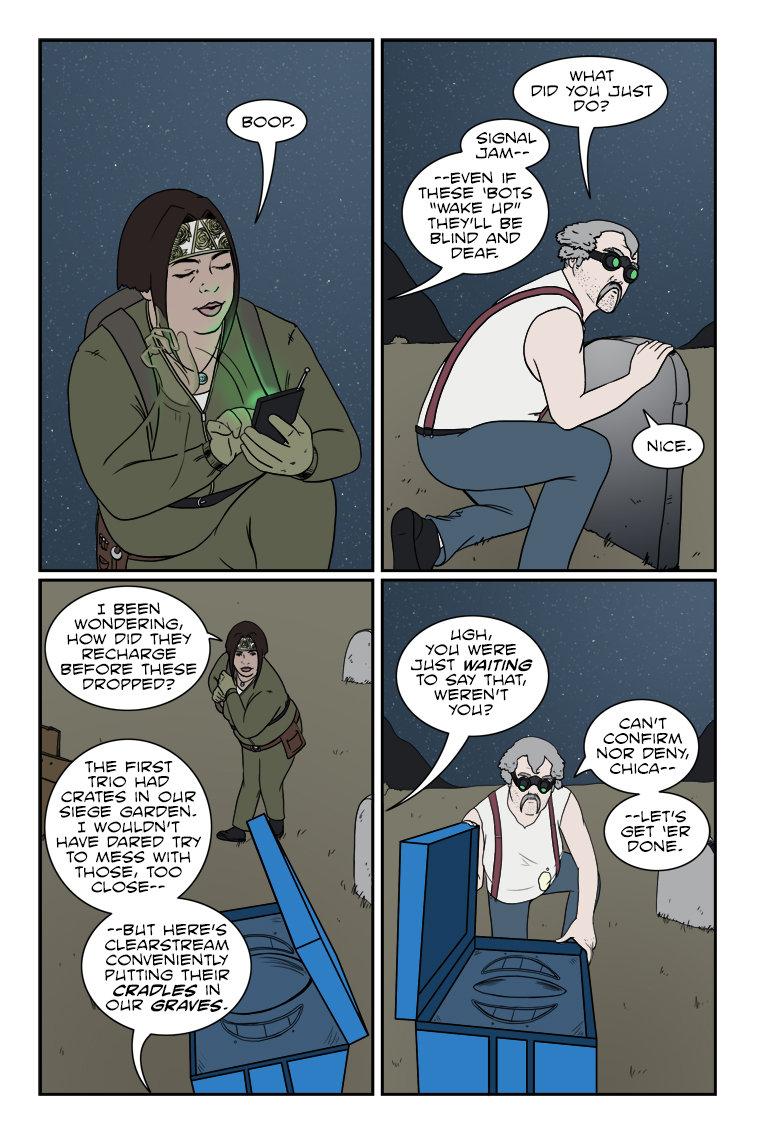
Latest Comics
-
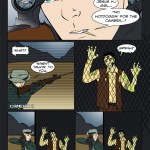
#45. 43 – Captive Audience
45 Sep 01, 2010
-

#44. 42 -Taking Care Of Business
47 Aug 25, 2010
-

#43. 41 – Meet and Greet
47 Aug 18, 2010
-
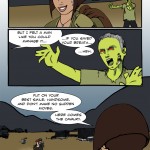
#42. 40 – Here Comes the Cavalry
43 Aug 11, 2010
-

#41. 39 – Spurred to Action
45 Aug 04, 2010
-
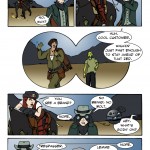
#40. 38 – Here Comes Trouble
49 Jul 28, 2010
-
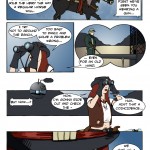
#39. 37 – Different Views
54 Jul 14, 2010
-
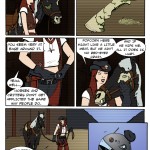
#38. 36 – Horse With A Name
48 Jul 07, 2010
-
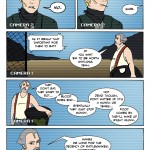
#37. 35 – Food For Thought
50 Jun 30, 2010
-

#36. 34 – The Unkindest Cut
47 Jun 23, 2010
-
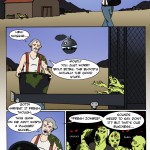
#35. 33 – Farm Fresh
47 Jun 16, 2010
-
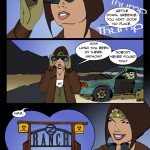
#34. 32 – Business Plans
49 Jun 02, 2010
-
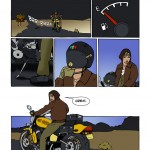
#33. 31 – Desert Rose
49 May 26, 2010
-

#32. 30 – Silent Commentary
49 May 19, 2010
-
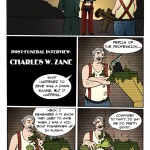
#31. 29 – Perils Of The Profession
44 May 12, 2010
-
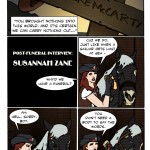
#30. 28 – You Don’t Need A Body
46 May 05, 2010
-
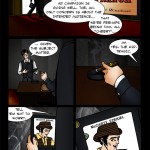
#29. 27 – Executive Oversight
49 Apr 28, 2010
-
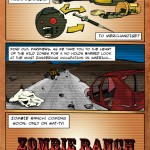
#28. 26 – Menace To Merchandise!
47 Apr 21, 2010
-

#27. 25 – Catastrophe To Commodity!
53 Apr 14, 2010
-
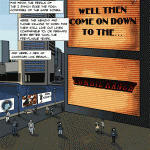
#26. 24 – When Advertisements Attack
50 Apr 07, 2010








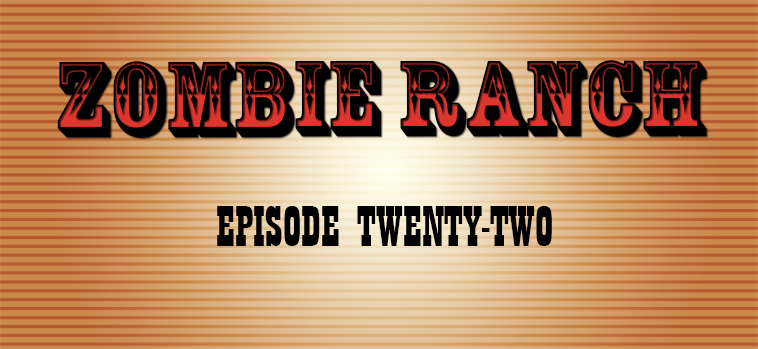
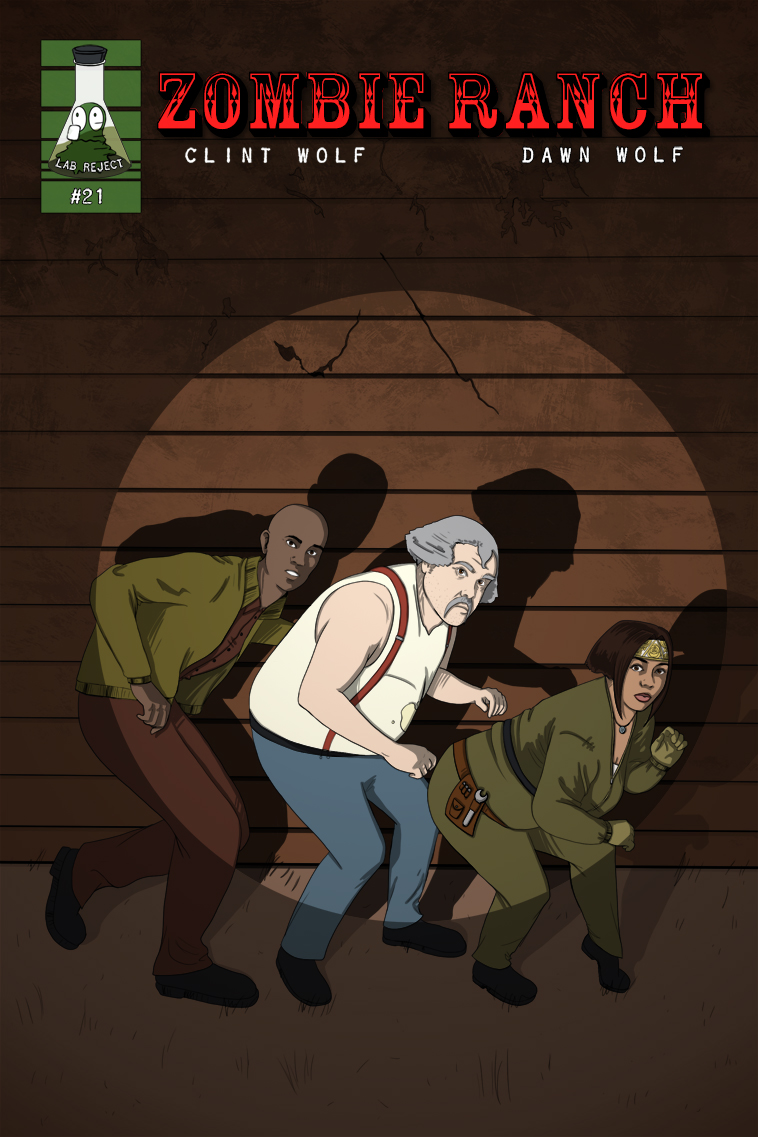
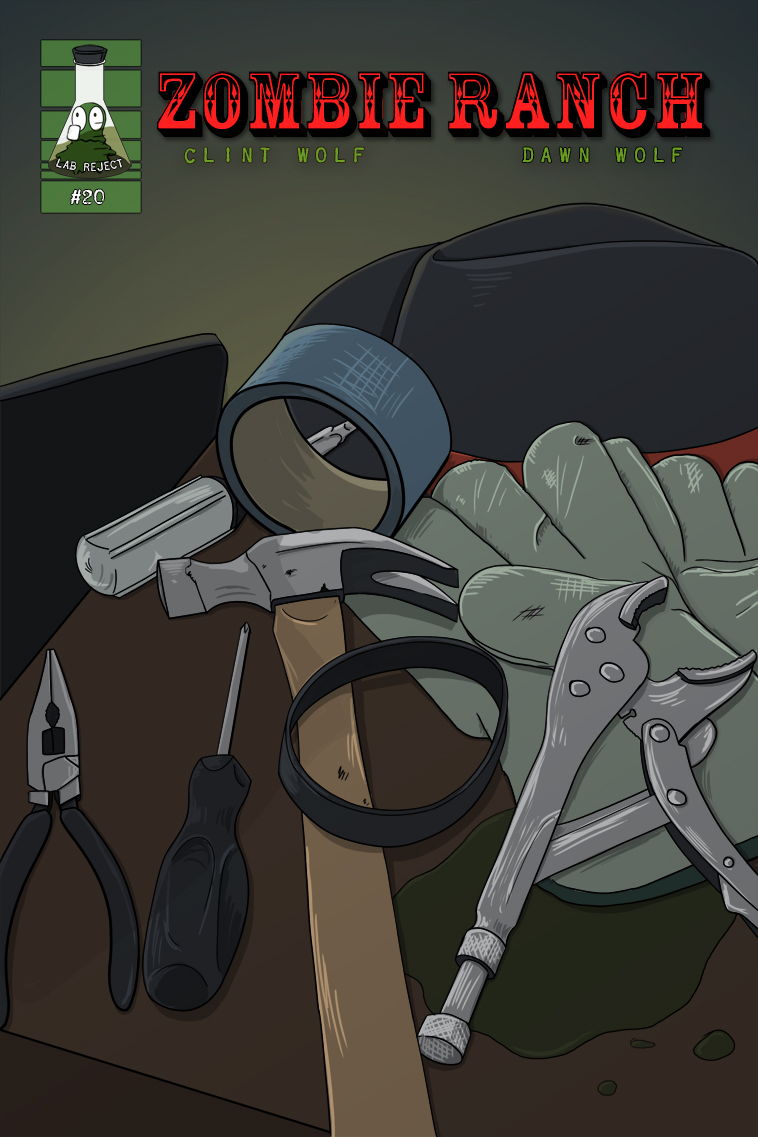
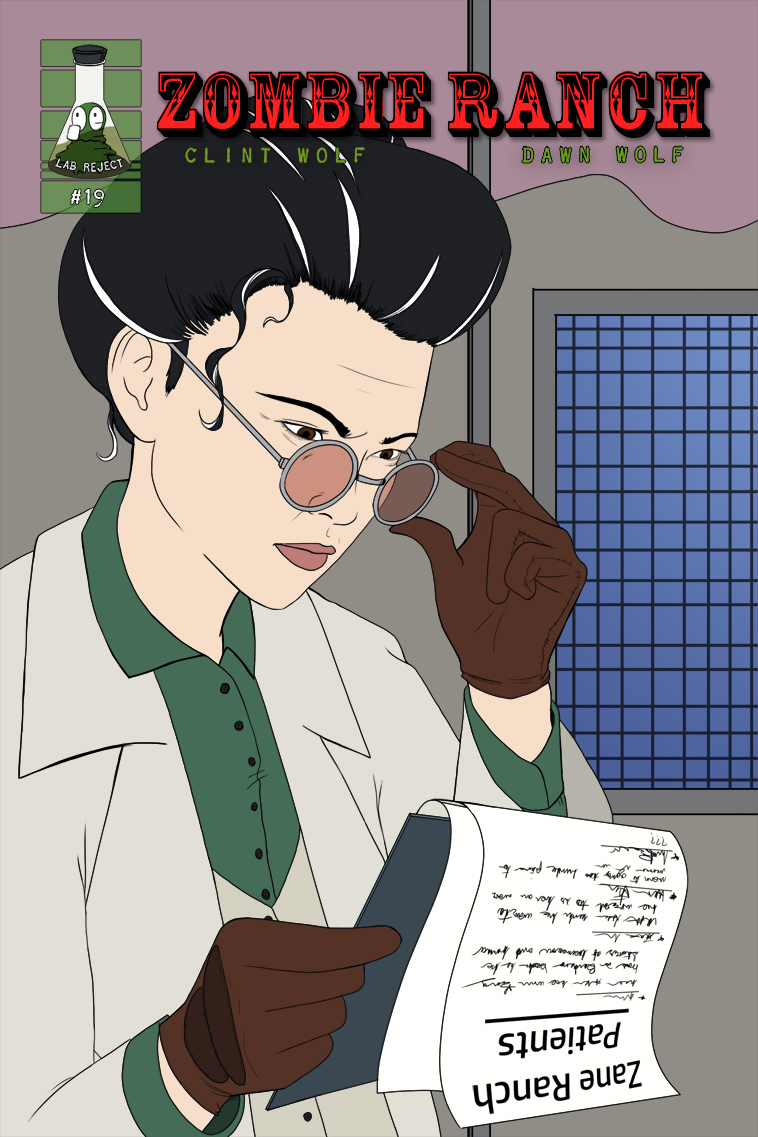
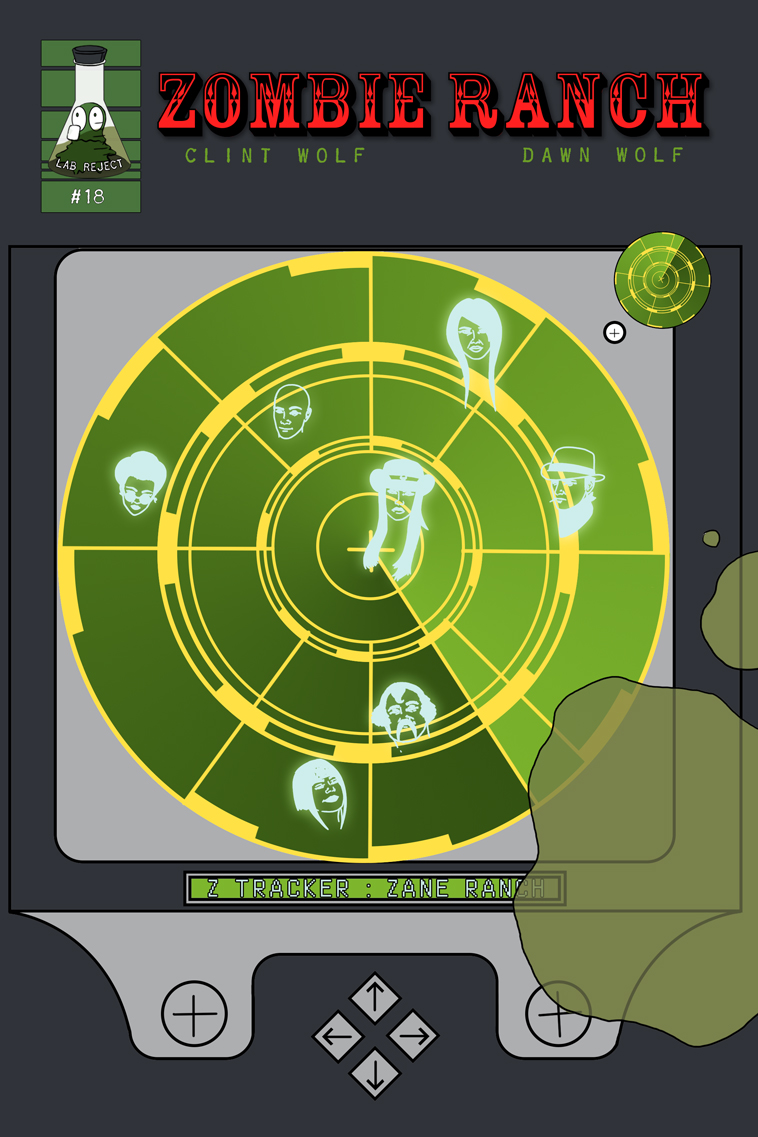
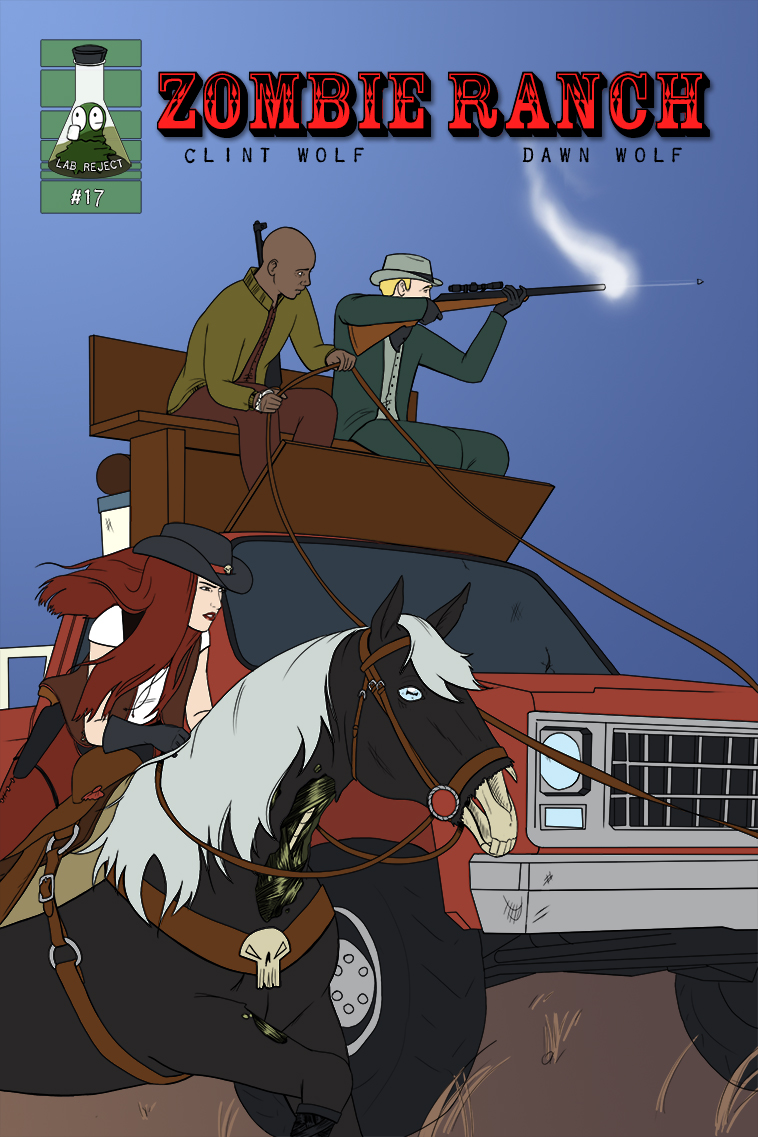
2 thoughts on “543 – Cradles And Graves”
Keith
Oh lordy, they really are a great couple…though, I suggest adopting.
Anonymous
Consequences be damned, because doing nothing might be worse.